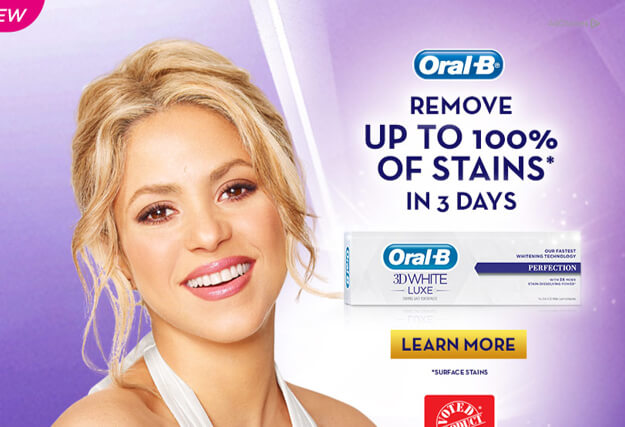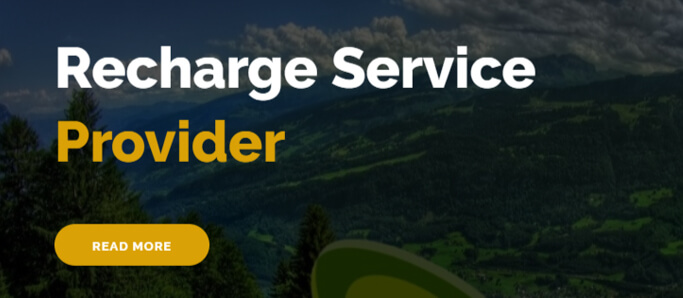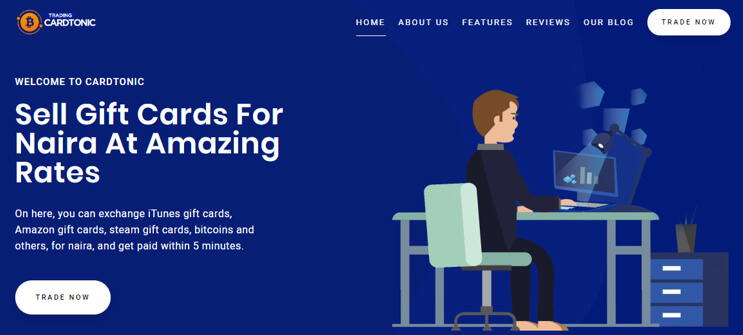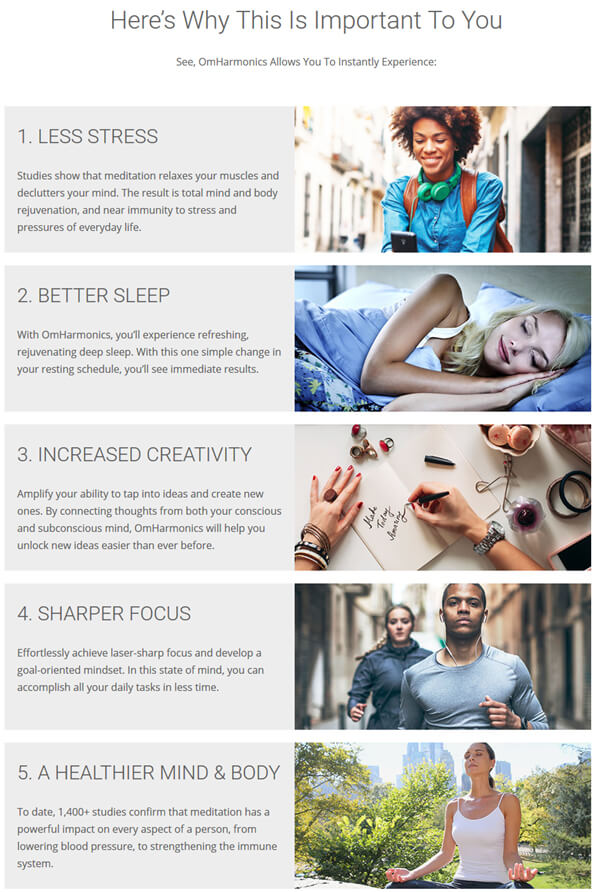This is the No.1 reason why your product copy isn’t converting
You’re making an offer that people CAN refuse. Your prospects easily ignore you and look elsewhere to find solutions to their problems.
When you read the word “offer”, you may assume that I am referring to a Special Offer. This is a sales technique where you offer your product at a discounted price. Some product offers may include a deadline to make people act immediately. But that’s not what I am talking about here.
Your offer is the total package you’re promoting. It’s a combination of your product, the cost, benefits, and why prospects should purchase your product.
The Mistake Many Web Copywriters Make
A common mistake many copywriters make is looking at the different aspects of their product copy in isolation. Pricing and features are not the only considerations when a prospect is considering making a purchase. They consider their buying experience with the brand, the price of the product, the expected benefits and unique value of the product. This all happens within a short timeframe.
If your product copy isn’t converting, it’s because…
- You’re not clear on what you are trying to sell
- Your pricing is wrong
- The benefits and unique value are not clearly stated
- You’ve not built trust and credibility in your offer
This is what makes up your offer. When writing your headline, try to convey these features. The subheadline should be succinct and the rest of the copy should elaborate on the offer.
The Oral-B Example
Here’s an example by P&G for their Oral-B 3D White Luxe toothpaste.
The headline, “Remove Up to 100% of Stains in 3 Days” addresses the core problems a prospect would have. Let’s take a closer look.
It’s clear on what it is trying to sell – Teeth Whitener.
It doesn’t state the price upfront, but further down the product page, you’ll find the price.
The benefit – white sparkling teeth – is implied in the headline, hero image, and in the product name.
The headline doesn’t address their credibility. But it does so elsewhere in addition to their trusted brand name (P&G is one of the most trusted companies in the world).
Des your headline address these core elements?
You’re Not Clear on What You’re Trying to Sell
As simple as it sounds, many e-commerce brands get it wrong for their product or service landing pages. They don’t know how to communicate what they are selling. Here is an example from rechargeandgetpaid.com
The first slider says…
It doesn’t even attempt to address any of the four core areas. The second slider makes a feeble attempt but comes up short: Recharge service provider. What does that even mean?
Contrast that with this cardtonic.com example…
From the copy, you know that CARDTONIC is a site to exchange gift cards, bitcoins and more. The unique value is that you get paid within 5minutes. The CTA button “Trade Now” leaves no doubt about the next action to take.
When a prospect lands on your webpage, the message and the next line of action should be clear.
If they’re looking for a pair of black coloured running shoes, they don’t need to be sold on the benefits of running.
If they’re trying to order Pepperoni Pizza, don’t remind them about hunger. Instead, point them in the direction of food.
Focus on solving a problem. Create content around the problem you want to solve. And you’ll gain many fans who see you as the No.1 resource for that specific pain point.
Your Pricing Strategy Is Wrong
There is no one-size-fits-all approach to pricing. The right pricing model for your product is a function of research, testing, and patience.
If your pricing is too expensive, your target customers buy your product. If it’s too low (without a logical explanation), they may assume your product isn’t up to snuff.
As a rule of thumb, take a cue from your closest competitors to avoid antagonising your target prospect.
Your Prospect Is Confused
A confused prospect isn’t going to buy anything. If there are many options to choose from, it could overwhelm your prospects who don’t want to do any thinking.
When you go online to shop for a pair of Adidas running shoe for men, you have an idea of the colour, shoe size and design. If you type in the search query and you’re presented with 100 options, you’ll be confused.
Limit the options to make it easier to choose. Use upselling and cross-selling to offer more related products to the prospect.
You Didn’t Answer the WIIFM Question?
WIIFM stands for What’s in It for Me? This is a question prospects ask when reading a product description. Even the products they get for free!
As a product description copywriter, you must describe the benefits of your product. Here’s a great example of a benefit-driven product copy from OmHarmonics.
They can’t Visualise the Product

Helping the prospect envision the product is a crucial part of an e-commerce product description. When reading the product copy, they should imagine using the product and enjoying its unique benefits.
Use sensory details and storytelling to paint a picture in their mind. They should feel, touch, hear and smell the product in their mind’s eye.
You’ve lost the opportunity to convert a prospect if you don’t get your message across clearly. Use simple language to communicate the benefits of the product. No jargon.
You Didn’t Ask for the Sale
Sounds easy to do but many product copywriters skip this part. They assume that the prospect knows what to do next. Your call to action must explicitly tell the reader what to do. “Click here”, “Buy now” “Get Your Free e-Book”. These links are clicked more often. They are simple and direct.
You Don’t Appear Credible
No matter the type of product you are selling, you are making an offer, a promise.
You’re saying…
Give me your money and I’ll give you a great product that makes your life easier.
For people to buy your product, they need to believe your claim. Take the Oral-B example as a case study.
“Remove Up to 100% of Stains in 3 Days.” That’s a bold claim. Even though it’s coming from a well-known and trusted company, most prospects are sceptical.
This is where you incorporate trust signals that validate your claim. Trust signals include social proof such as customer testimonials, positive reviews, success stories and more. It also includes endorsements, third-party badges and a money-back guarantee.
Conclusion
Don’t write a bland product copy. Write a product that sings and resonates with your target prospect. Ask for the sale. Give them a reason to buy. Personalise the offer to one person. Use CTA buttons to guide them through your purchase funnel. Make them an offer they can’t refuse.
Author Bio
Chima Mmeje is a content marketer, digital strategist and copywriter. She has published on high ranking sites such as Jeff Bullas and Dayo Adetiloye. She creates high-quality content that increases your SERP rankings and achieves your content marketing goals. You can find her at zenithcopy.com



 Jun 13, 2019
Jun 13, 2019 










 Contact us
Contact us 
